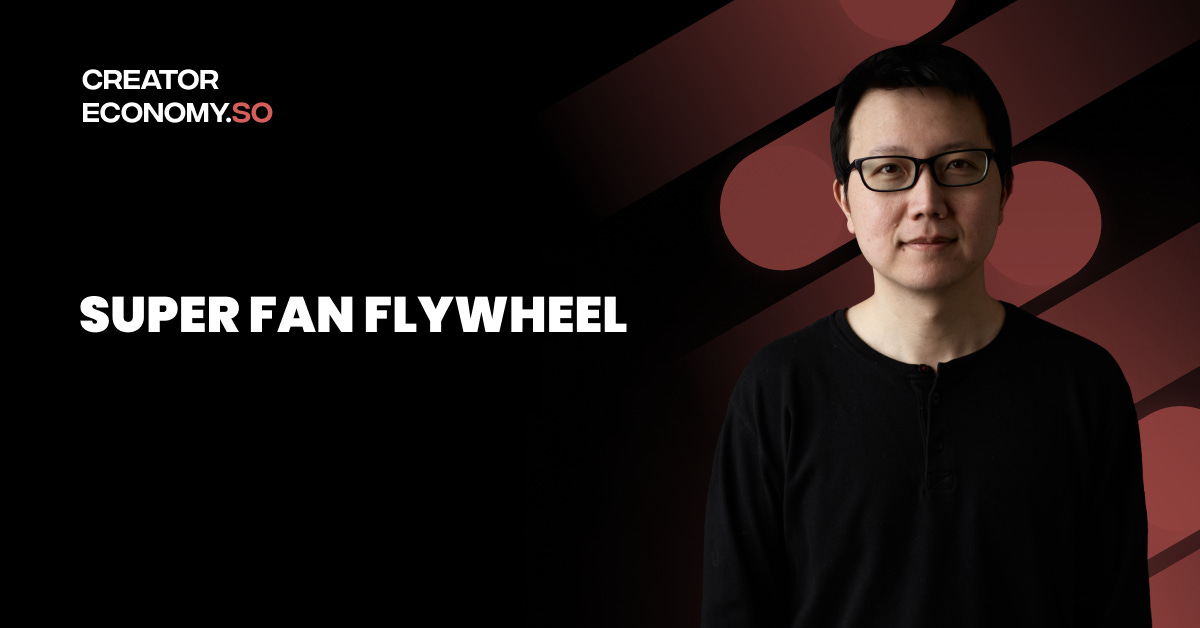Dear subscribers,
In my last post, I shared eight lessons about how the creator economy works. Today, I want to introduce the super fan flywheel, a proven way for startups to grow in the creator economy.
What is the super fan flywheel?
A super fan is someone who:
Wants authentic interactions with the creator.
Is willing to pay a lot for these interactions.
Kevin Kelly wrote that a creator can make six-figure income by getting 1,000 super fans to pay $100 a year. Similarly, a startup can grow by helping creators make money through authentic interactions with their super fans.
As a startup, here's how you can enter the super fan flywheel:
Target creators with super fans.
Most startups can't afford to target top creators who have both high engagement and high reach. The next best segment is creators who have high engagement with a small group of super fans. Engagement can be measured as average fan interactions per post (e.g., likes and comments) divided by total followers.




